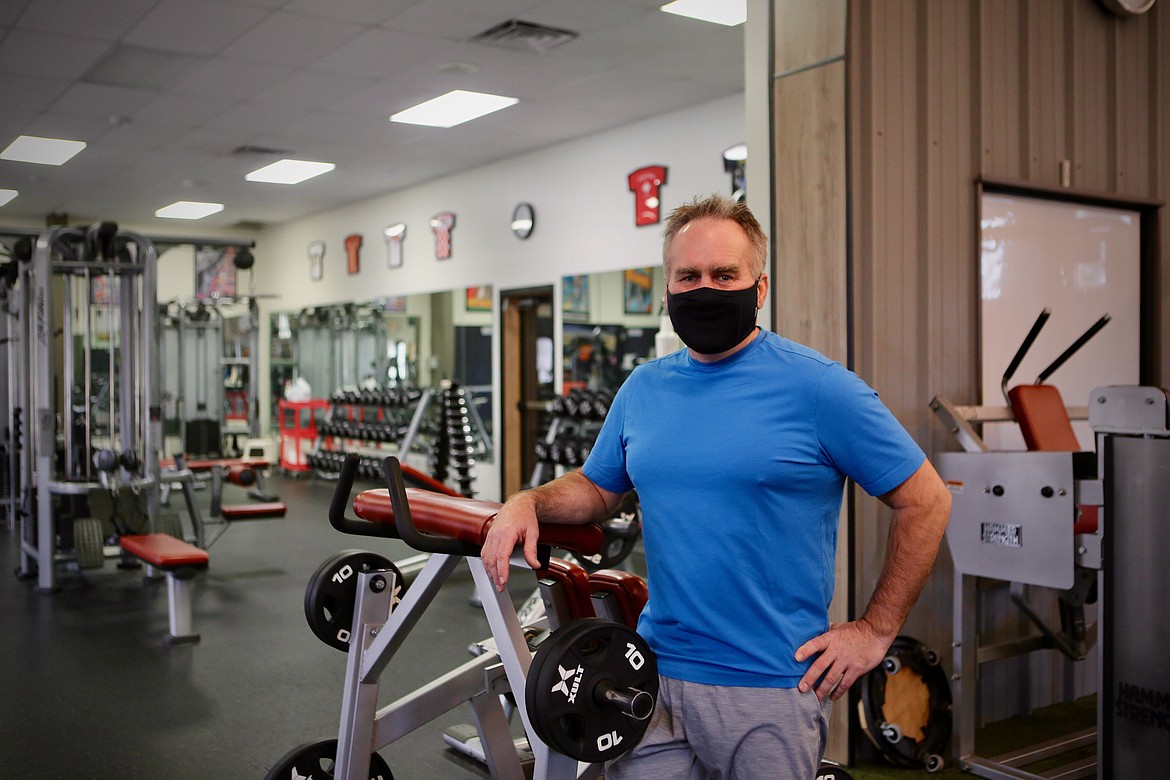Gym use down 20-25%, but costs and cleaning are up
On a typical New Year’s Day, a parking space is hard to come by at Bigfork’s Montana Athletic Club, as waves of newcomers take the first steps toward achieving their New Year’s resolutions.
But this year, things looked different...
Become a Subscriber!
You have read all of your free articles this month. Select a plan below to start your subscription today.
Already a subscriber? Login



